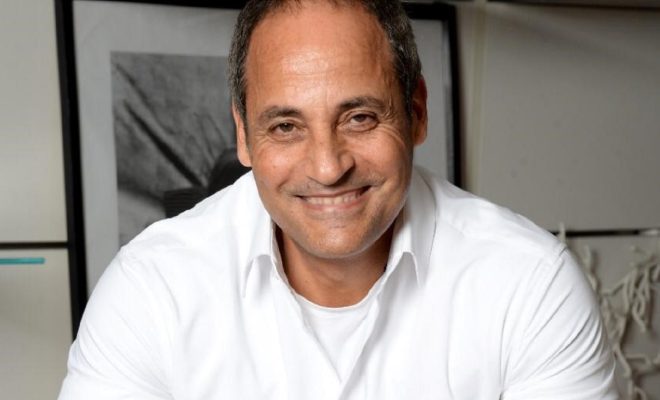
Interior
Architect Extraordinaire: Hisham Ghorab on Crafting Timeless Spaces
For four decades, Hisham Ghorab’s profession, and his love for creating settings that go beyond the ordinary, have weaved an incredible story. Ghorab is an architect with a flair for brilliance. He takes us on a visual tour of his career, explaining the inspiration that has influenced his projects and the creative energy that drives Style Design. A tale of resilience, inventiveness, and ceaseless dedication to perfection is told by Ghorab’s work, which features everything from the iconic Pyramids of Giza to the vibrant international landscape.

In this candid interview, we peel back the curtain on his journey while delving into the development of Style Design and the significant influence his leadership has had on the field.
Can you share with us the journey that led you to become an architect?
My architectural journey began over 38 years ago after earning my degree from Cairo University. Initially aspiring to teach, I found my calling in entrepreneurial ventures, driven by a passion for human-centered designs promoting positive energy and well-being. This passion, rooted in a lifelong love for crafting, evolved into the foundation of Style Design in 1989, where we aimed to create innovative, sustainable, and functional designs. Over the years, Style Design has grown into a multidisciplinary firm that provides design, contracting, retail, and maintenance services, serving a diverse range of projects locally and internationally.
How has the firm adapted to changes in design trends and client preferences over the years?
Adapting to change has been crucial to Style Design’s evolution. Our ability to adapt is rooted in our commitment to a holistic and customer-centric ethos. By staying attuned to evolving industry trends and client needs, we have developed the agility to seamlessly integrate new ideas into our design philosophy. Our collaborations with various international designers and partners played a transformative role in our evolution, exposing us to diverse influences and global experiences that matured our design philosophy. The strength of our multidisciplinary approach allows us not only to embrace changes but also to incorporate them into our projects. Collaborations with international designers and ongoing investment in team education ensure a constant flow of fresh perspectives, sustaining the exceptional quality that defines Style Design.
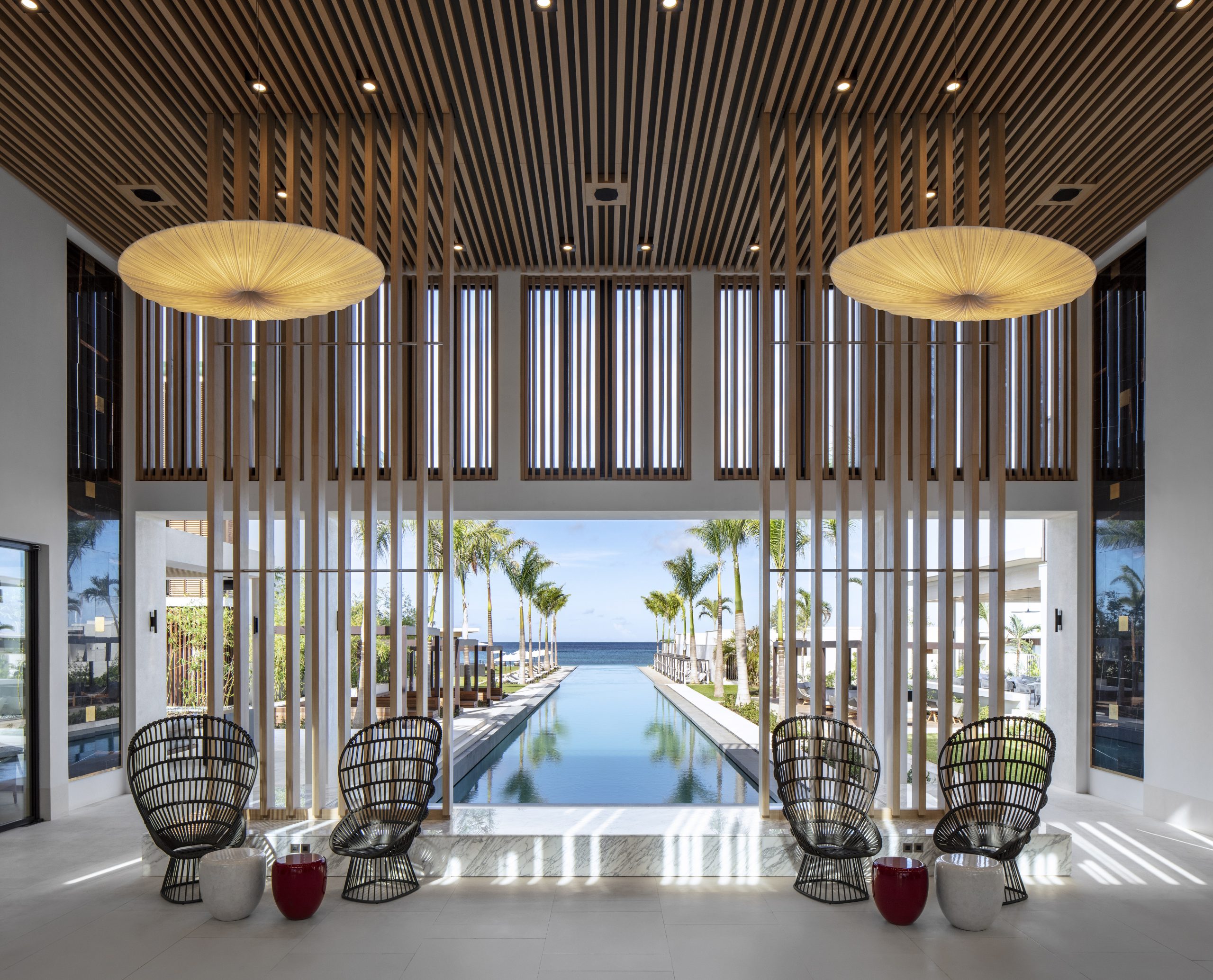
What are a few milestone projects that defined the growth and evolution of Style Design as a multidisciplinary firm?
Over the years, Style Design has undertaken numerous significant projects that showcase our growth and evolution and represent our commitment to innovation, sustainability, and delivering high-quality, tailored solutions across different sectors. Some notable projects include; Khufu’s Restaurant and King Khufu Center at the Great Pyramids of Giza, Consoleya Co-Working Space, Tahrir Cultural Center & Cafeteria at the American University in Cairo, Silversands Hotels and Villas in Grenada, and ZED Sales Center & Italiano Restaurant.
Style Design is known for its integrated design approach encompassing design, contracting, retail, and maintenance. How do you believe this holistic approach sets Style Design apart in the industry?
Our integrated design approach distinguishes us by providing a seamless, comprehensive solution. Covering every aspect of a project, from design to maintenance, ensures a consistent and exceptional customer journey. This approach creates tailored solutions, streamlines processes, and allows us to curate holistic experiences for our clients who benefit from customized solutions that address their specific needs. By combining design, contracting, retail, and maintenance services, we create timeless spaces that align perfectly with our client’s visions and preferences.
The integration of services streamlines the entire process, eliminating communication gaps and ensuring efficient project delivery. Our clients have the convenience of a single point of contact for all aspects of the project.
Having control over all services allows us to maintain high standards of quality throughout every project. From the initial design concept to the final touches, we uphold our commitment to enduring quality.
We don’t just design spaces; we curate experiences. Our approach encompasses not only the aesthetic aspects of design but also the functionality, execution, and ongoing maintenance, creating a holistic and satisfying experience for each of our clients.
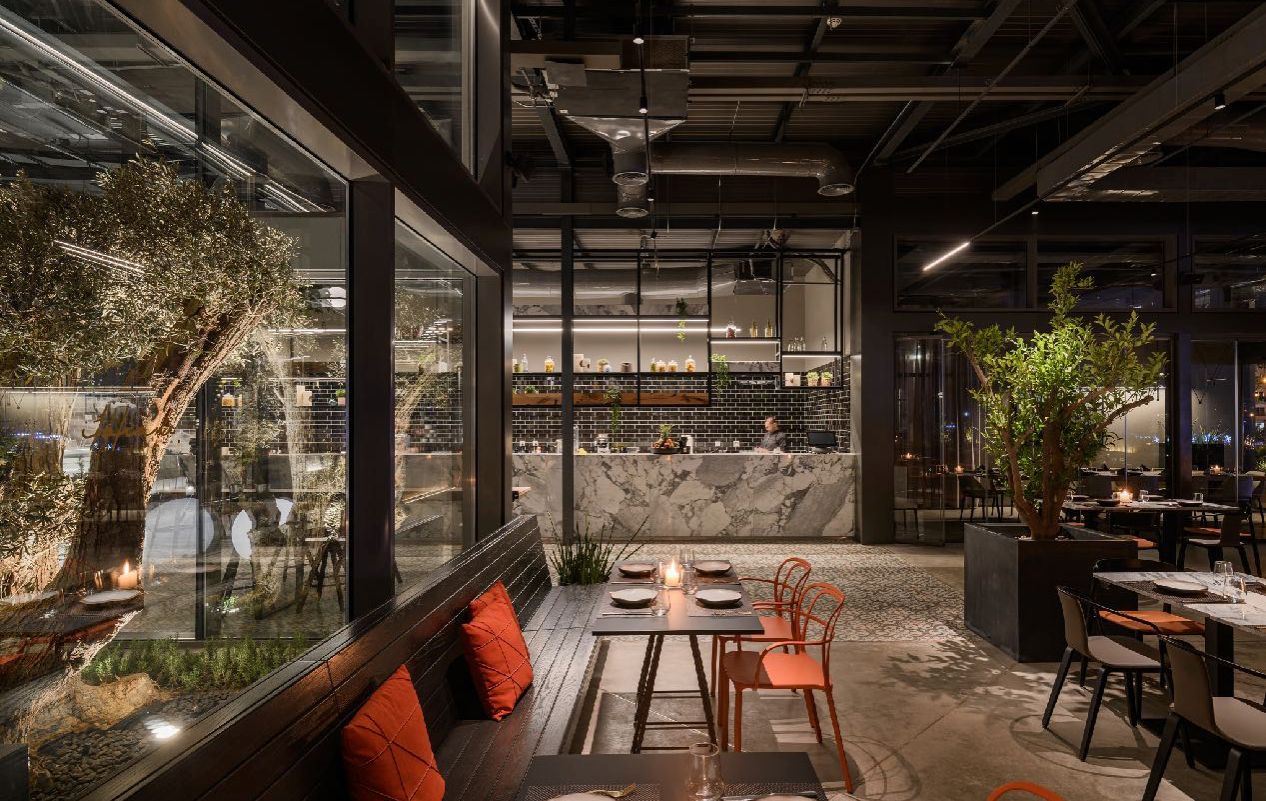
Can you share a specific project where the integrated approach led to a particularly successful outcome?
Our recent success with “Khufu’s Restaurant & King Khufu Center” near the Pyramids of Giza exemplifies our holistic approach. This turnkey project seamlessly blended architectural, landscape, and interior design, meeting both functional requirements and respecting its culturally significant location. The result is a unique, immersive experience harmonizing with historical context. Through the application of an invisible and understated design approach, we ensured that each aspect of the project blends in with the surrounding historical context while serving the space’s functional needs. The result is a one-of-a-kind immersive experience for visitors, where every detail contributes harmoniously to the overall ambiance and cultural sensitivity of the space.
When did you feel that your leadership played a crucial role in overcoming obstacles and achieving success?
The adaptive reuse of the 150-year-old Tahrir Cultural Center in Downtown Cairo posed challenges. Our leadership navigated complexities, preserving cultural heritage while transforming the space into a modern hub. The task at hand was to design and curate the space, transforming it into a modern cultural hub within an exceptionally tight timeframe, all while preserving the building’s rich cultural heritage and original architecture.
Our leadership played an important role in navigating the complexities of the restoration process, coordinating closely with experts to uncover the building’s historical architectural elements and ensuring that the design evolved based on these discoveries. Balancing history and contemporary design, we established a strong connection between the past, present, and future.
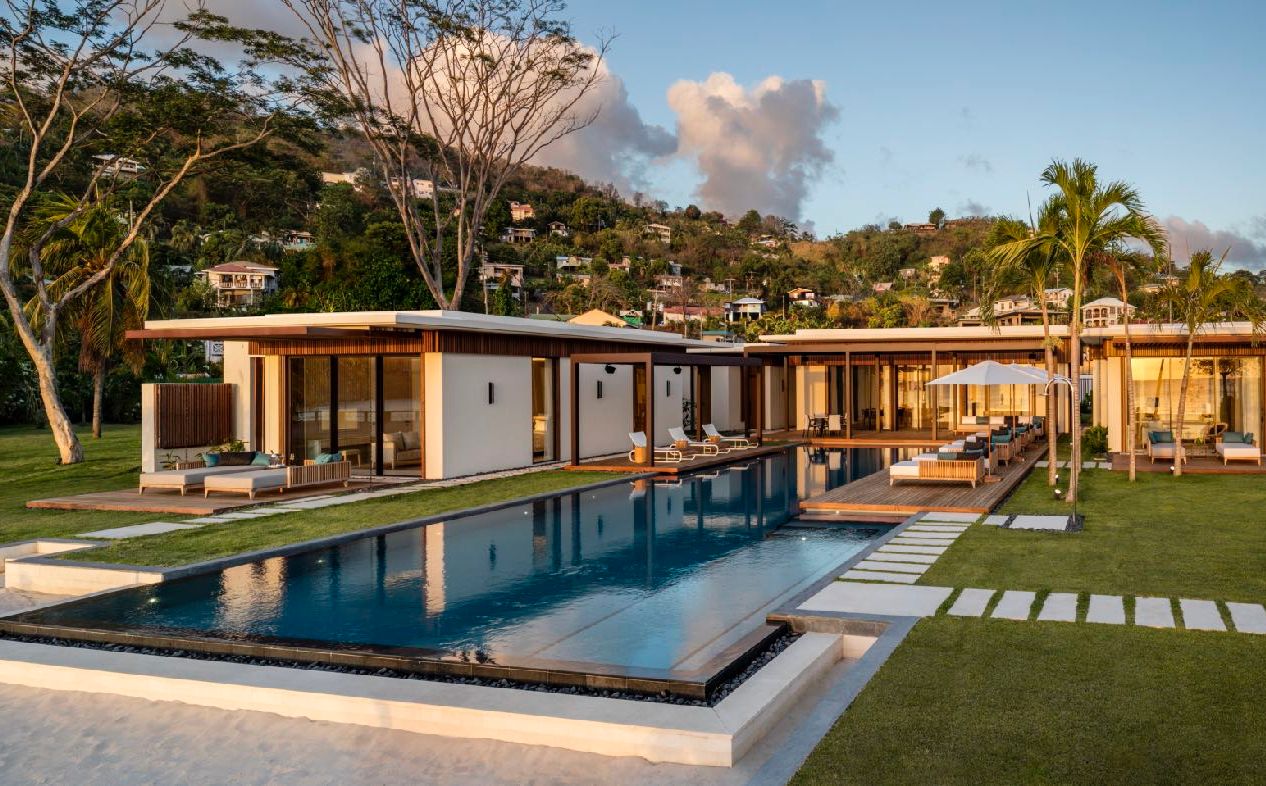
What is your design philosophy, and how has it evolved throughout your career?
The journey of finding one’s design philosophy is a gradual process that unfolds with years of experience. It starts with a phase of exploration and progresses through experimentation with various design approaches until, ultimately, a preferred direction is found.
At Style Design, our philosophy is grounded in timeless and minimalist design principles that are built around functionality. We follow an invisible approach, where the goal is to create spaces that withstand the test of time and effortlessly harmonize with their surroundings, allowing comfort and experience to take precedence.
Are there certain design values that consistently guide your decision-making process in project development?
Several design values consistently guide my decision-making process and they are all centered around finding the right balance between being “trendy” and ahead of time while embracing a timeless and minimalist design approach.
Minimal Design: Striving for designs that are minimalistic and seamlessly blend into their surroundings, allowing the experience to take center stage.
Sustainability and Timelessness: Integrating sustainable designs and materials in every project, creating spaces that achieve the perfect fusion of contemporaneity and timelessness.
Functionality: Prioritizing functional designs that not only look good but also serve their intended purposes effectively.
Style Design has worked on projects in both local and international markets. How do you approach designing for different cultural contexts and preferences?
When working on projects in different cultural contexts, Style Design adopts a research-driven approach. Understanding the cultural nuances and preferences is paramount. This involves collaborating with different experts, studying the context, and tailoring design concepts to resonate with each specific identity. It’s about creating spaces that feel familiar and culturally relevant to the people who will interact with them.
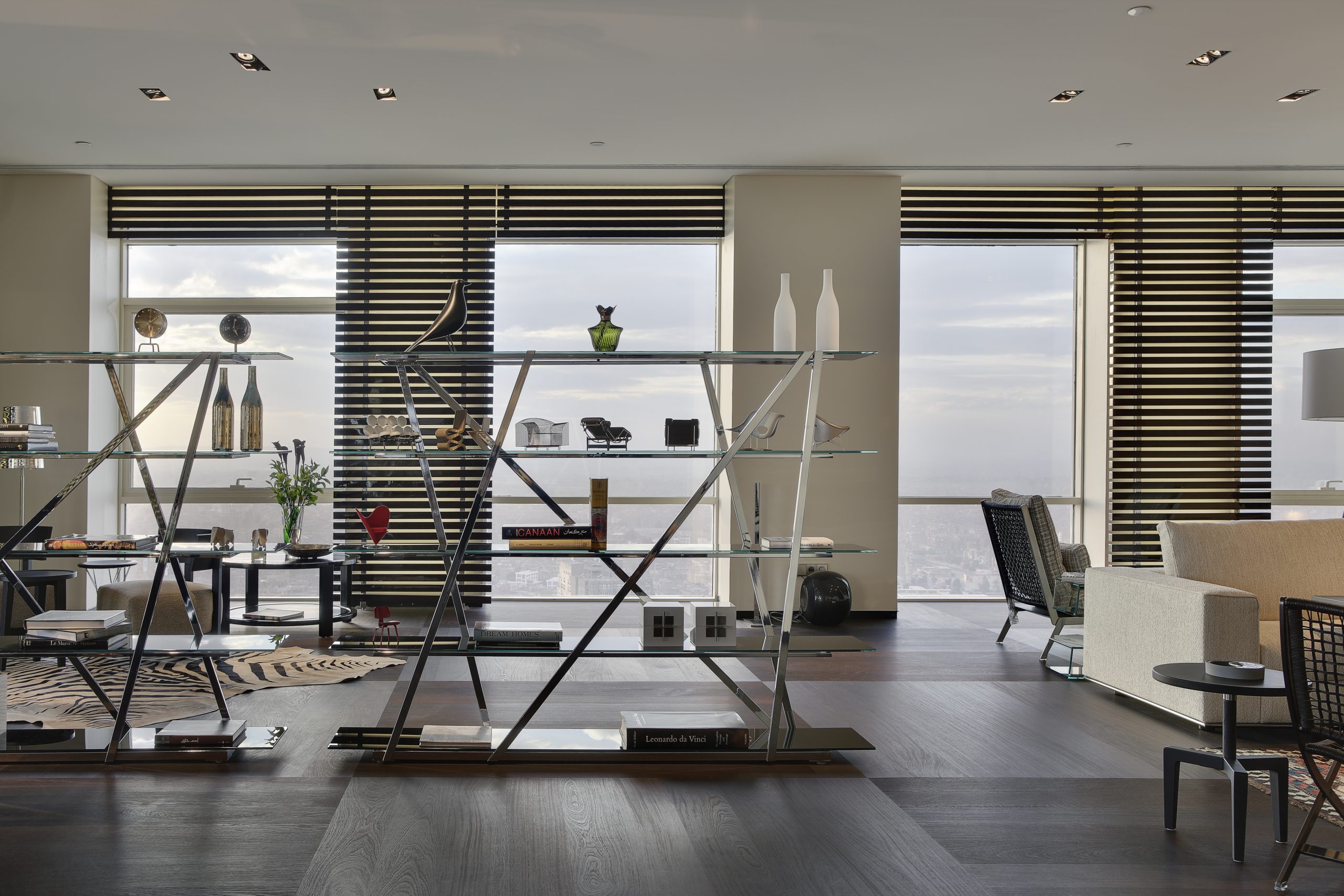
Can you share an experience from an international project that presented unique challenges?
The Silversands project posed several challenges due to its remote location on the island of Grenada in the Caribbean Sea. While Style Design handled the fit-out and execution, the design was entrusted to an international studio based in France. Coordinating the project from a distance required managing the logistics of relocating workers to a distant country, presenting them with challenges beyond their usual comfort zones. The project also faced the pressure of delivering within a condensed timeframe. Additionally, fully optimizing the expansive landscape added another layer of complexity.
Despite these multifaceted challenges, Style Design demonstrated its resilience and expertise by successfully transforming the project into a luxurious hospitality space, ultimately meeting and exceeding the client’s expectations. This accomplishment underscored our ability to overcome logistical hurdles and deliver exceptional results, even in the face of unique constraints.
What inspires you personally when embarking on a new design project?
Personally, embarking on a new design project is inspired by the opportunity to create something meaningful and impactful. Drawing inspiration from diverse sources and the potential to enhance people’s experiences, fuels my creative process. It’s about translating ideas into spaces that tell a story and evoke positive emotions.
How do you foster creativity within the design team at Style Design?
Creativity is fostered within Style Design through a collaborative and supportive environment. Encouraging team members to explore new ideas, providing space for experimentation, and valuing diverse perspectives are integral to our creative process. Regular brainstorming sessions, cross-disciplinary collaboration, and an open culture of sharing ideas contribute to a dynamic and innovative design team.
Looking ahead, what are your aspirations for the future of Style Design?
Looking ahead, Style Design aspires to stay at the forefront of the industry, ensuring that our work remains relevant and ahead of the curve, all while staying true to our core philosophy.
One key focus is to diversify our portfolio by undertaking new projects to engage with different contexts and further establish our influence in the market. Additionally, we aim to strengthen our presence in international markets and expand our footprint globally. Simultaneously, our commitment extends to continue investing in the growth and development of emerging talents. By nurturing the next generation of designers, we aim to inspire innovation and creativity within the industry. This commitment is intertwined with our ongoing dedication to promoting timeless and sustainable designs in every project, aligning seamlessly with our ethos of responsible and impactful architecture.

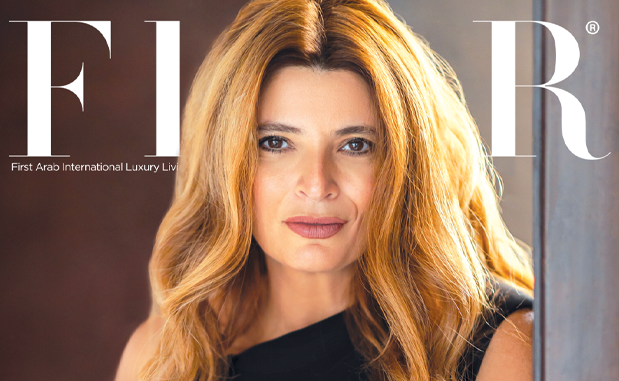


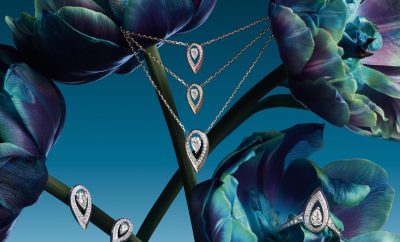





0 comments